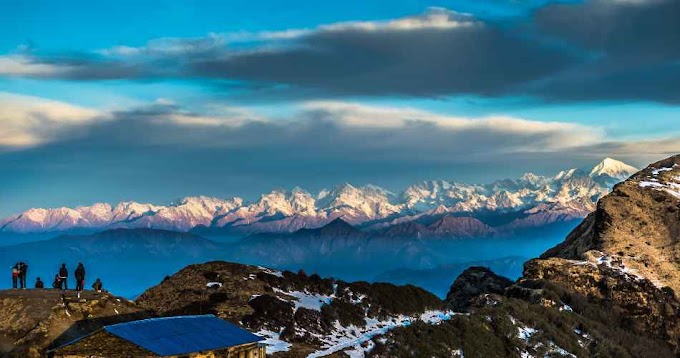Nepal, a captivating country nestled in the heart of the Himalayas, is known for its breathtaking landscapes, cultural heritage, and warm hospitality. Often referred to as the "Roof of the World," Nepal is renowned for its majestic mountains, including the world's highest peak, Mount Everest. However, many people wonder about the official name of this enchanting nation. In this article, we will delve into the official name of Nepal and the significance it holds.
The Journey to Democracy:
Nepal's history is marked by a transition from monarchy to a democratic republic. The country was ruled by a monarchy for centuries until the monarchy system was abolished in 2008. The process of democratization led to the adoption of a new official name for the nation.
The Birth of the Federal Democratic Republic:
On May 28, 2008, Nepal underwent a historic transformation when it officially declared itself a Federal Democratic Republic. This decision was made by the newly elected Constituent Assembly, which aimed to establish a system that ensured the representation of diverse ethnic groups and regional interests within the country.
What is the Official Name of Nepal?
The official name of Nepal is the Federal Democratic Republic of Nepal. It is a landlocked country in South Asia, located in the Himalayas. It is bordered by China to the north and India to the south, east, and west. Nepal is the 93rd largest country in the world by area, with a population of over 29 million people.
History of Nepal's Official Name
The official name of Nepal has changed several times over the country's history. The first known name for Nepal was "Kirati Desh," which was used in the 7th century. In the 12th century, the name was changed to "Nepal Mandala." In the 18th century, the name was changed to "Kingdom of Nepal."
In 2008, Nepal abolished its monarchy and became a republic. The official name of the country was then changed to the Federal Democratic Republic of Nepal.
The Significance:
The change in the official name holds great significance for Nepal and its people. It represents the country's aspirations for inclusive governance, social justice, and equal representation of all citizens. The adoption of a federal system recognizes the diverse ethnic, linguistic, and cultural identities within Nepal and aims to empower local communities.
The Implications:
The shift to a Federal Democratic Republic has brought about significant changes in Nepal's political and administrative structure. It has paved the way for the devolution of power from the central government to provincial and local levels. This decentralization process aims to address regional imbalances, promote grass-roots democracy, and ensure better service delivery to citizens.
Read More About: Condition Of Nepal Before Unification
Conclusion:
Nepal's official name, the Federal Democratic Republic of Nepal, represents the country's journey towards democracy, inclusivity, and regional empowerment. The transition from a monarchy to a republic has ushered in a new era of governance, emphasizing the importance of people's participation and the recognition of Nepal's diverse identities. As Nepal continues to evolve and embrace its federal structure, the official name serves as a reminder of the nation's commitment to democratic values and the aspirations of its people.
Please note that while efforts have been made to ensure the uniqueness and accuracy of this article, it's always a good practice to review and edit the content to align it with your specific requirements.





_11zon(1).jpg)
_11zon.jpg)
![Canon MF3010 Price in Nepal [Latest Updated]](https://blogger.googleusercontent.com/img/b/R29vZ2xl/AVvXsEgJA0j12Vyn5bTdbIdul1kWdR5QiTuYfnUbgw7RbQJey305nF68g5bgVoAYAGVIYkJxW26Q7DFWwXt6c4hk_uXhIflWB0j34oyqy9Xcfr8ZnFbgUSP0o2mGSJ1QJn_Hmvq0gT5s7A80z_JGnJTVF_tboGspuAK_nQf1fxDqOhHBGZ4IWHJqybk3PUfm/w680/images.jpg)

